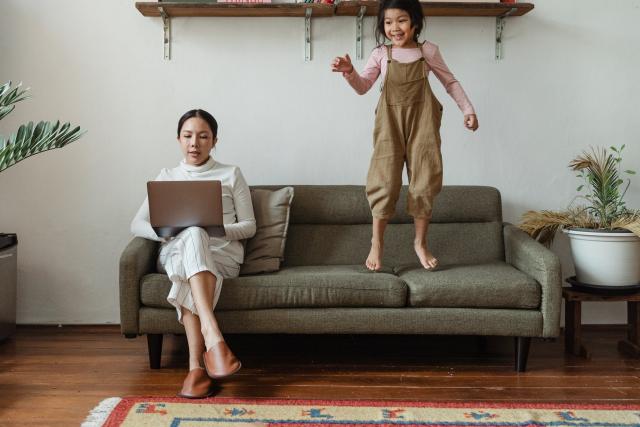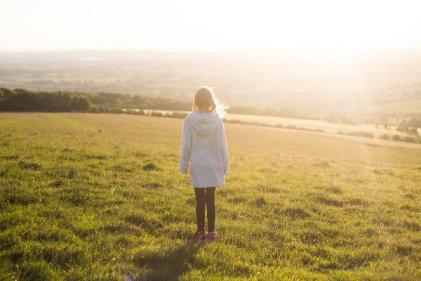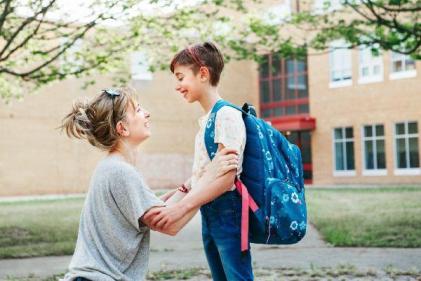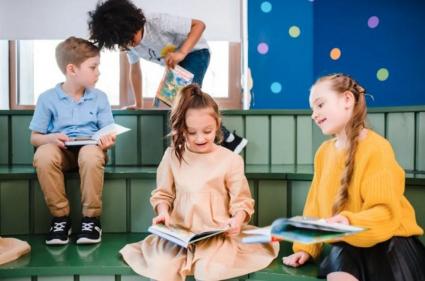When the news broke that schools were going back to online learning, a sort of collective flashback of horror came over the nation, back to March 2020 when suddenly the whole family was crowded into the house. The Internet came under pressure with minimum four simultaneous Zoom calls, work life and home life collided with a jarring crash and the 3pm school run was looking life heaven compared to the working from home carnage.

But this time is different. This time we’re prepared. And what’s better, is that our teachers are prepared.
We spoke to three primary teachers to find out what we can expect from the upcoming online learning stint, their advice on how to manage homeschooling and how to create as chaos-free a school day as possible.
This advice is of course all dependent upon the situation of each different household. Choose what works best for you and your family and remember that you are not alone.
Niamh* is primary teacher who qualified in 2017, has been teaching full time for four years and taught online in the first lockdown. Lucy* and Saoirse* qualified this year and are teaching online fully for the first time. Interviews have been condensed.
What does going back to online learning look like for you? How have you been preparing?
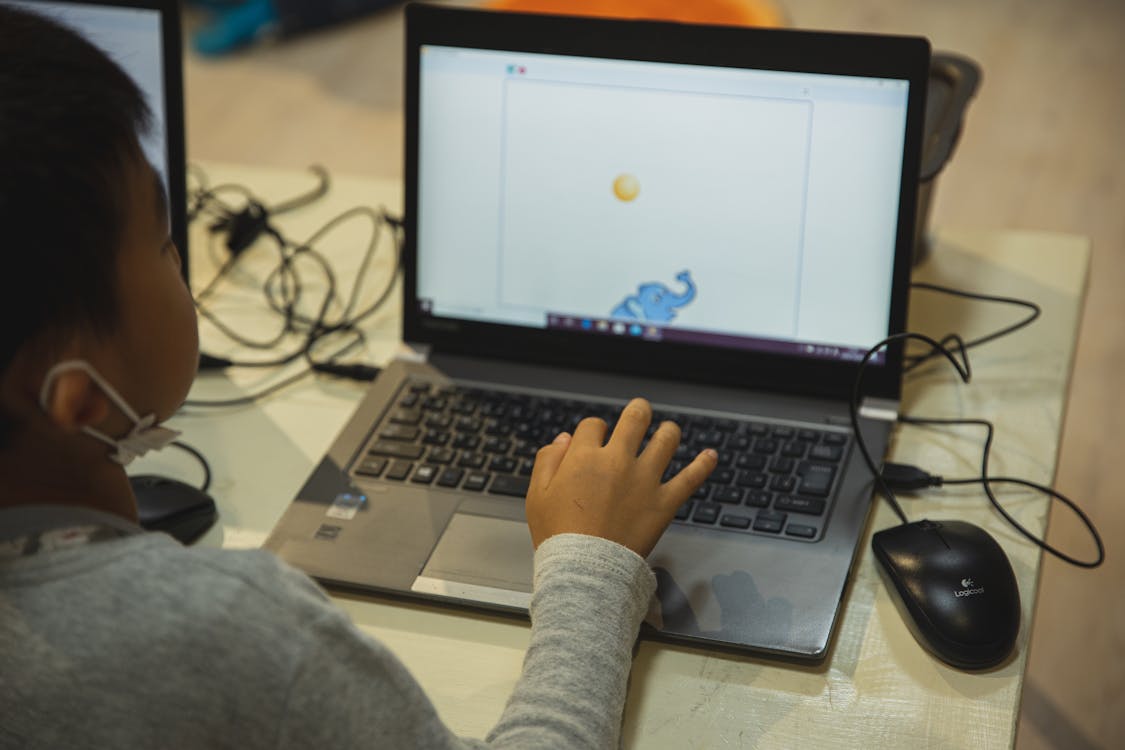
Niamh: It’s definitely tinged with sadness that we can’t go back to school in the new having had such a good start to the year. But knowing that we’ve done it once before is hugely reassuring. And we know we can get through it and that the children and their families can get through it as well.
To prepare I’ve been speaking with my other teachers in school, in my class group, our classroom support teachers and of course the principal and the in-school management team. I’ve been preparing a plan as I would always do and adapting it to use in an online environment. We’ll be providing a blended learning programme, between live videos, recorded videos, audios and setting tasks that the children can do. One of the big differences this time is that we’re more aware of the needs of the parents having spoken to them and gotten their feedback from the last remote learning experience.
Lucy: So at the moment online learning is looking like a challenge for many teachers. Especially for me at the moment, as I didn’t do online learning last time as I didn’t have my own class. So this lockdown is going to be challenging for me, but I have a very supportive group of teachers that I work with.

At the moment, the younger classes, so from junior infants to first class are using an online platform called seesaw, and a lot of resources are going up on there for them. For second class to sixth class we are using Google Classroom, which I had a good bit of experience using during the last three months. We used it weekly to put up the children’s homework and spelling so that the parents could access it from home. The challenge with that is that each child has to have access to a device
As a teacher you have to always be prepared. We have all collaborated to come up with the best system for preparing work for the children, like using YouTube Castify, It audibly brings the children through lessons, rather than just putting up work and getting them to do it, it keeps them engaged, as well as hearing my voice.
Saoirse: It’s my first time teaching online because during the last lockdown I was just finishing my degree, and I was on placement so the class teacher took over. It’s a new experience to me, but I’ve been talking to the teachers I’m currently working with and they’ve been really supportive, giving me guidance. We’re trying to approach this at mid-level and work to that. If anything is too difficult for one child, that’s fine, we’ll do less and for those who need more, we have lots of extra resources prepared and ready for them.
What do you think will have changed between this time and last time?
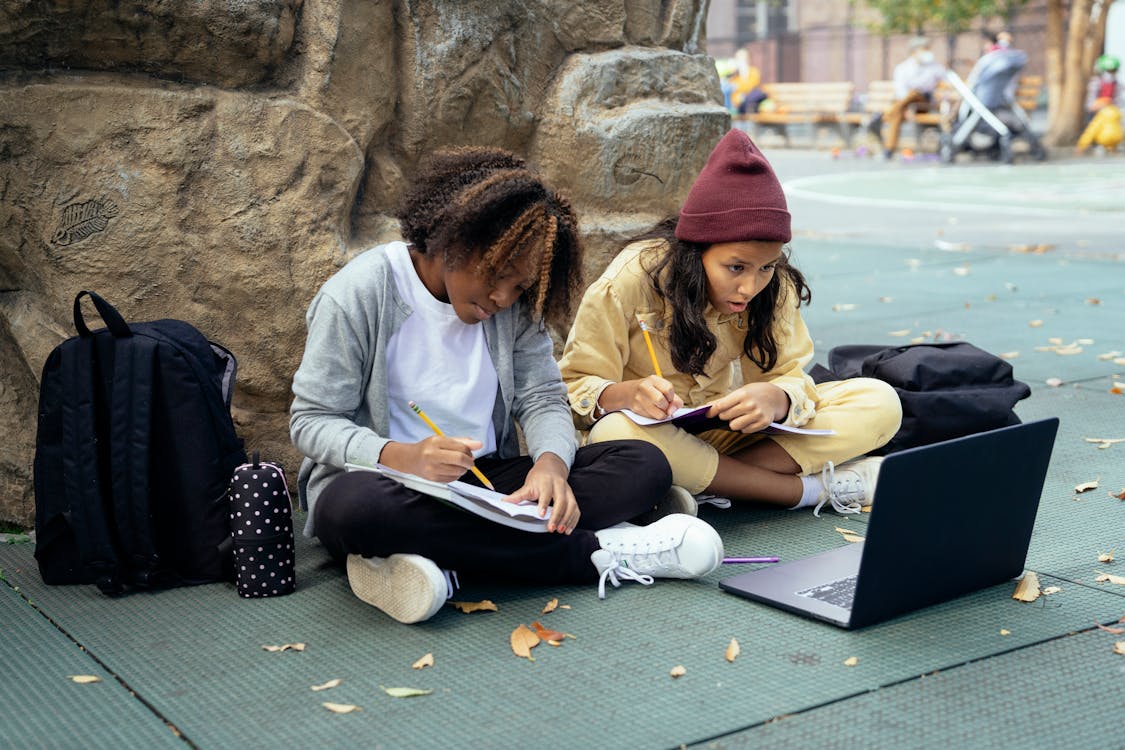
Niamh: I think this second remote learning experience will be completely different. Mostly because the schools are much more prepared. The last time it was a surprise for us, as it was for everybody to have to work from home. It’s such a personal job, in that you have to be there in person to get the best out of it.
This time we have the channels of communication set up, we have platforms for the work ready to go and the children also have their books with them and extra work packs in their folders, which is something we do in our classroom. I have an email set up for parents to email me any time of the day if they need to with questions or queries, meaning we can get back to them as quickly as we can.
Lucy: I got feedback from my colleagues on the last one. They said that due to schools being shut down so abruptly, they felt they were thrown in the deep end. They felt they weren’t well equipped or well educated enough on the platforms that they were using. Parents found it hard to keep a child engaged, especially when teachers didn’t know how to use the platforms.
But when we came back to school in September, in those few months up to Christmas, teachers and principals got the opportunity and experience to navigate their way through Google classroom, Seesaw and YouTube, so I feel now with this lockdown, teachers are definitely more equipped for the challenges that may occur. A lot has been learned.
Saoirse: Our schools are really prepared compared to last time. We already have the subscription to Seesaw, we have that up and running, and all the teachers are trained in it. They’ve been using it throughout the year for homework, because they can’t take home their books obviously.
They’re well-versed in that and have gotten subscriptions to other good resources like ISLmaths. I think that will help parents as well, that the kids are used to using Seesaw and other online platforms already.
What would you say to parents worrying about trying to work from home and keep their kids learning?

Niamh: I don’t have children, so in many ways, it can be difficult for me to comment on this from a parent’s point of view, so I’m just commenting from a professional point of view. I’ve gotten a lot of feedback from parents saying the first time was a challenge, so don’t be afraid, you’re not alone in this. It’s a mammoth task, and teachers are hugely appreciative of the mammoth effort that it takes for parents to juggle their own work life and the child’s remote learning.
What I would recommend is to do what you can. Each family is different. It’s vitally important to form a routine for the children, so they know what to expect every day. It can be helpful even to have a visual timetable, so if one is provided by their teacher, you could write it down for them so they can tick off what they’ve done.
If you can, be organised. If the work is sent in advance, print it out before work so they don’t have to interrupt you. Make sure the children have pencils, rubbers, toppers, make sure they have their copies, the books that they need for that day and get rid of anything else that might cause a distraction. The night before, if you have time, you could go through the work with them and just explain it, breaking it down into chunks. Start small. Don’t anticipate doing everything at once. Maybe on day one, just pick the small things and build on it from there to establish a routine.
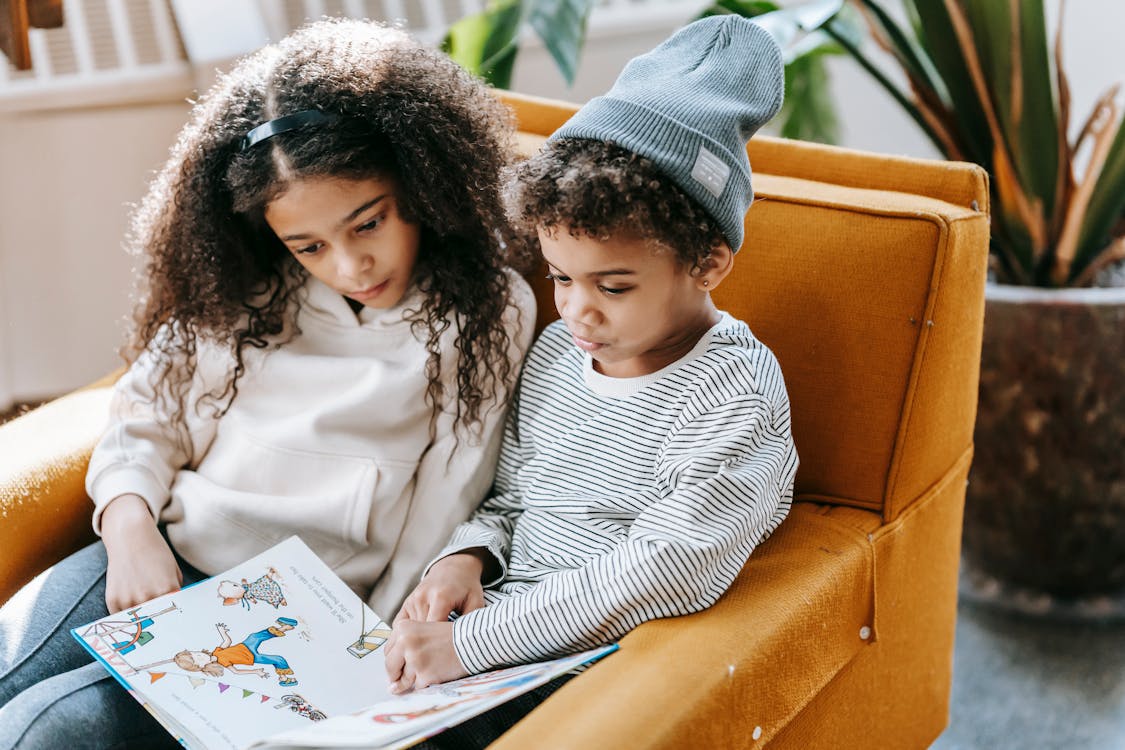
Lucy: Definitely to read. If a child has a book that they really enjoy, keep them reading during the day. Some children don’t want to engage in school activities or schoolwork if they’re not academic, all children are very different. Some will independently want to work and they’re really excited to do schoolwork, but some other children find it really hard.
If parents feel they’re at a loose end, reading helps with their literacy skills and their word recognition. But other things, like everyday activities; baking, cleaning, exercising, sowing are all things that will help as well. Even playing, things like ‘make-believe’, is like 'Aistear' in school. They will learn through play.
Saoirse: It’s a really tough time for everyone, and I can’t imagine how stressful it must be for parents that are trying to work and support their children’s homeschooling. My advice would be to not be too hard on yourself. Be realistic with your time as well, and don’t try to do too much.
If the work teachers are sending out is too much, just send an email and we’ll be happy to cut down on the work or do something that suits everyone. I know with our school; we’ve decided on maximum an hour and a half to two hours a day of work. And if that’s too much or too little, we can accommodate that.
I think it’s really important that parents create a routine that’s feasible for them and to stick to it. If they’re trying to get other work done, they could encourage free play, or ‘Drop Everything and Read’ time. Try to have a designated workspace if possible as well, so that when they sit down at this table, work is being done, it’s not for messing around.
What advice would you give for keeping children engaged? How do they get the most out of online learning?
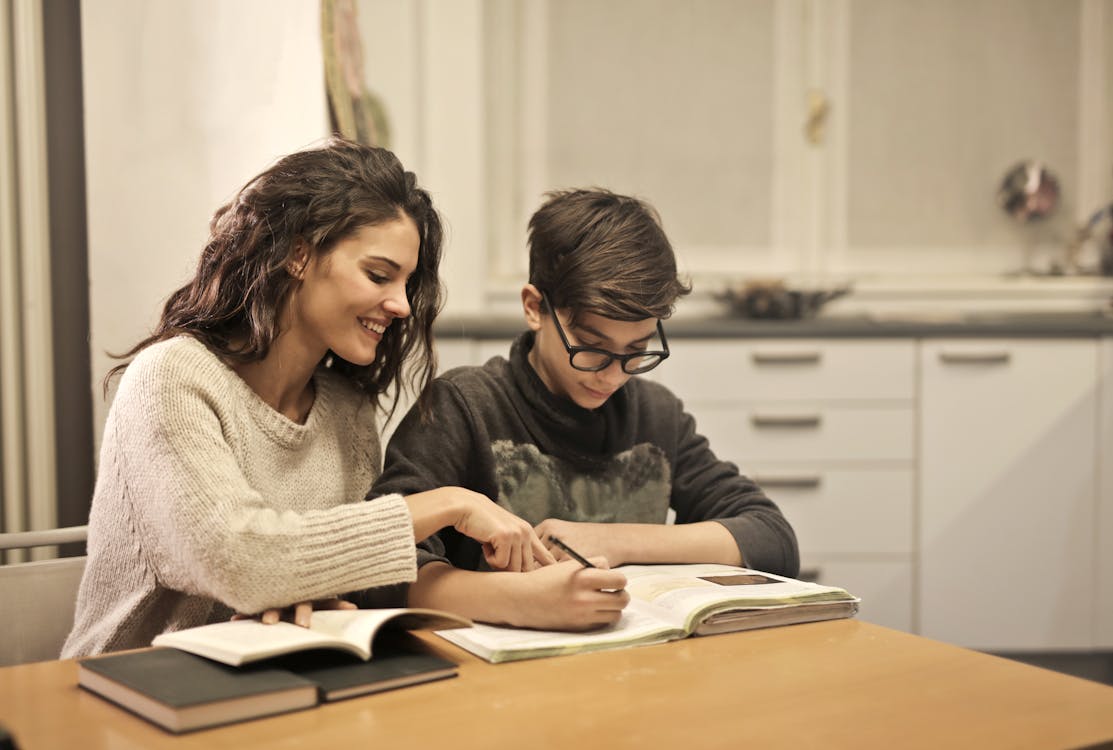
Niamh: Prepare them to do their work as independently as possible by being organised. It’s also important to give children regular breaks. They’re only able for so much work at a time. Provide them with lots of praise, it’s really important for their self-esteem and to keep them on task. If you feel you’re doing something well, you’re much more likely to continue doing it than if you hear someone giving out to you.
Another thing I would suggest is giving a choice. If they have to do English Irish and maths on a Monday, give them a choice and let them do that first, it gives them a sense of ownership. If they start with something that they want to do it will encourage them to actually do the work. Perhaps setting up a reward chart might be of use to some parents. This can take many different forms. Generally, I’d recommend the shorter the better, like a prize at the end of the week for a good week’s work.
Make sure they’re getting outside, getting fresh air, getting breaks, eating healthily as much as possible. Even organising Zoom calls between them and their friends can be a huge help for their social outlet, which they’re missing out on. There’s a website called GoNoodle and the RTE Ten at 10, which have a ten-minute exercise programmes, with lots of great videos to get them moving.
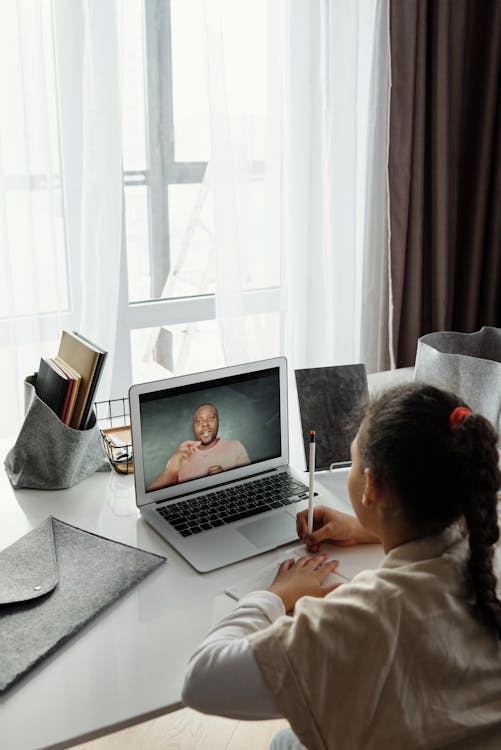
Lucy: With online learning, it does depend on the teacher. What I’m going to do with my class is bear in mind that context is important to keep children active in their learning. So projects that they can relate to, in the world around them. So for example, if it’s a geography project or a history project, we would do it based on their own home town or a river or lake that’s in their vicinity, that they know about and can get information about.
That filters into Irish, English and maths as well. If we give a maths lesson, and we’re doing 3D shapes, we would do a maths trail, so they can go walking around outside and do active learning by picking out 3D shapes around their house. They would make a list of the them, bring them back and then we can do the academic side together, incorporating different strands of the curriculum.
English will be the easiest one to incorporate as you can play on their interests. So, I’m thinking of narrative writing, they can come up with a story themselves that interests them. Making mind maps of different things they like, their adjectives and verbs…really playing on their interests is the main thing I would say.
Saoirse: Go with the subject that they least like first. Try and do it as early as you can, because they’re most engaged first thing in the morning. I would always do maths or Irish first thing.
And to have a steady routine going. Get them up, get them their breakfast, set a time to begin. It’s too hard to do something tough in the evening. Keep nice activities for the evening, like a nature walk or art or using stuff that you already have at home.
What’s the most important things parents should know going into this?
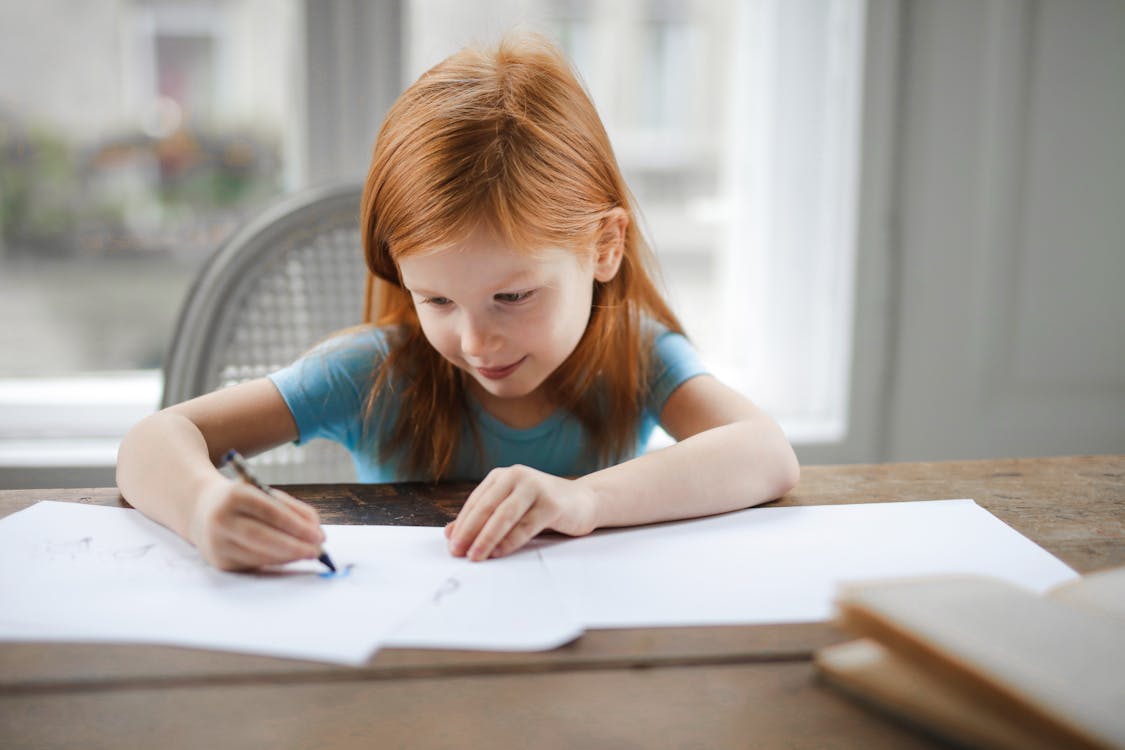
Niamh: Parents are doing the best that they can. Your school is there in a supportive role, we want to help as much as we can. So reach out for help if you need it and we’ll do our best to support you from a distance. Don’t forget to have fun if you can, make space for fun, they’re only children. Don’t feel under pressure. But if you are, reach out for help, because a friend, or a family member, or a teacher or somebody will be there to help you.
Lucy: Don’t freak out and keep it calm. If you’re calm the children will remain calm. We’re all in it together so if we all pull together, we will all be absolutely fine, and we will get through it. The best thing to do is to keep a predictable schedule each day with your child so encourage them to make a timetable, do it with them, it could actually be a fun activity to do together. Time for schoolwork, time to get up, time to play, time for lunch and so on. It keeps them in a routine and keeps them engaged and focused because they know this time has been allocated.
Parents need to understand that every day experiences are just as beneficial; reading, arts and crafts, baking, cooking. All those things are also very important in their child’s development. It is a stressful time for absolutely everybody, but if we pull through, we will see the benefits of this time when we go back to the classroom.
Saoirse: They should know they’re doing their best. Don’t be too hard on themselves, because they’re doing an amazing job. It’s hard enough trying to teach children at the best of times but being at home and having other commitments…God, I couldn’t imagine. I think parents are doing incredible work. I know I’ll be fully supporting the parents of the children in my class, and because of that, they’re never alone. There’s always support there if it’s needed.

*Names have been changed for anonymity purposes.

